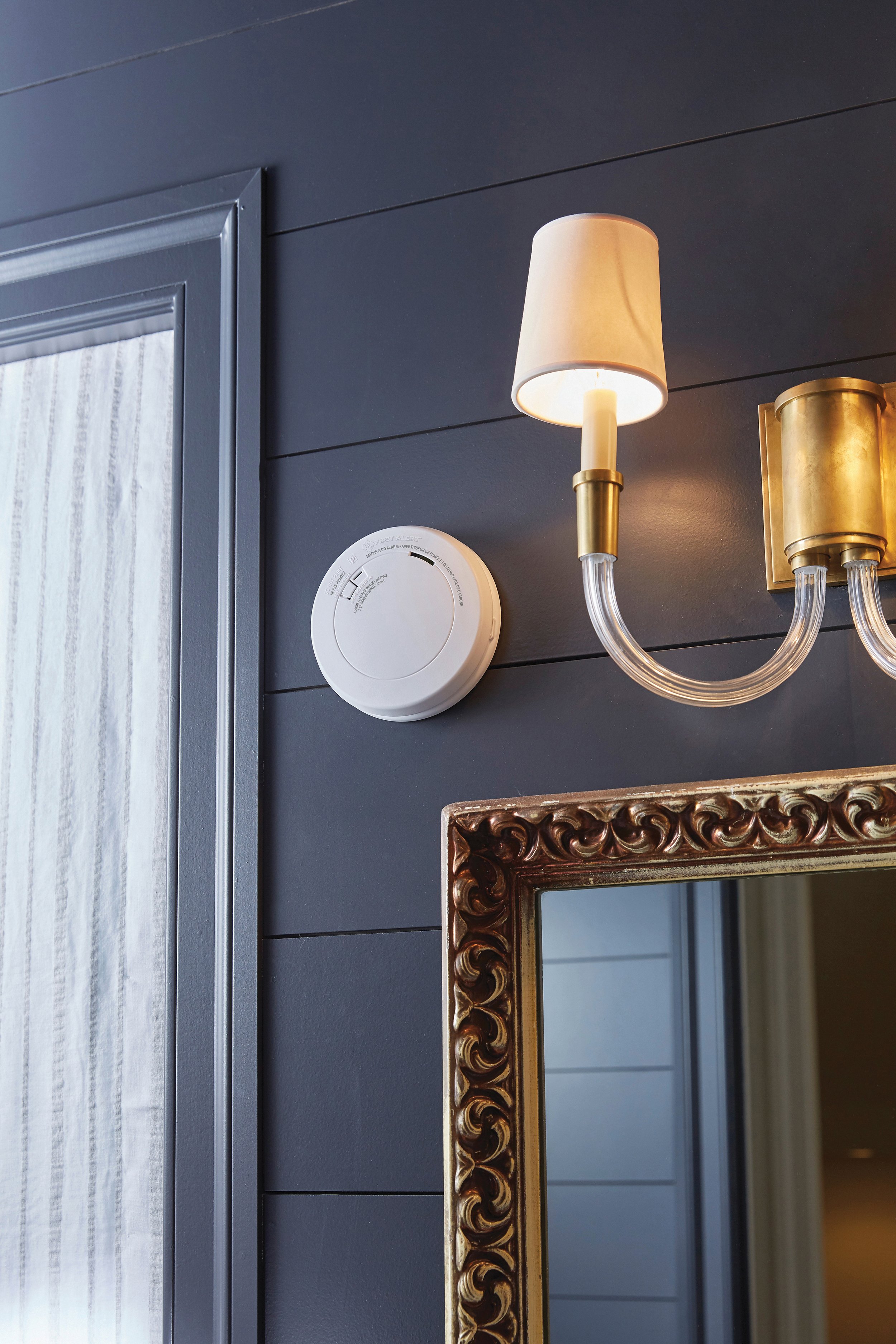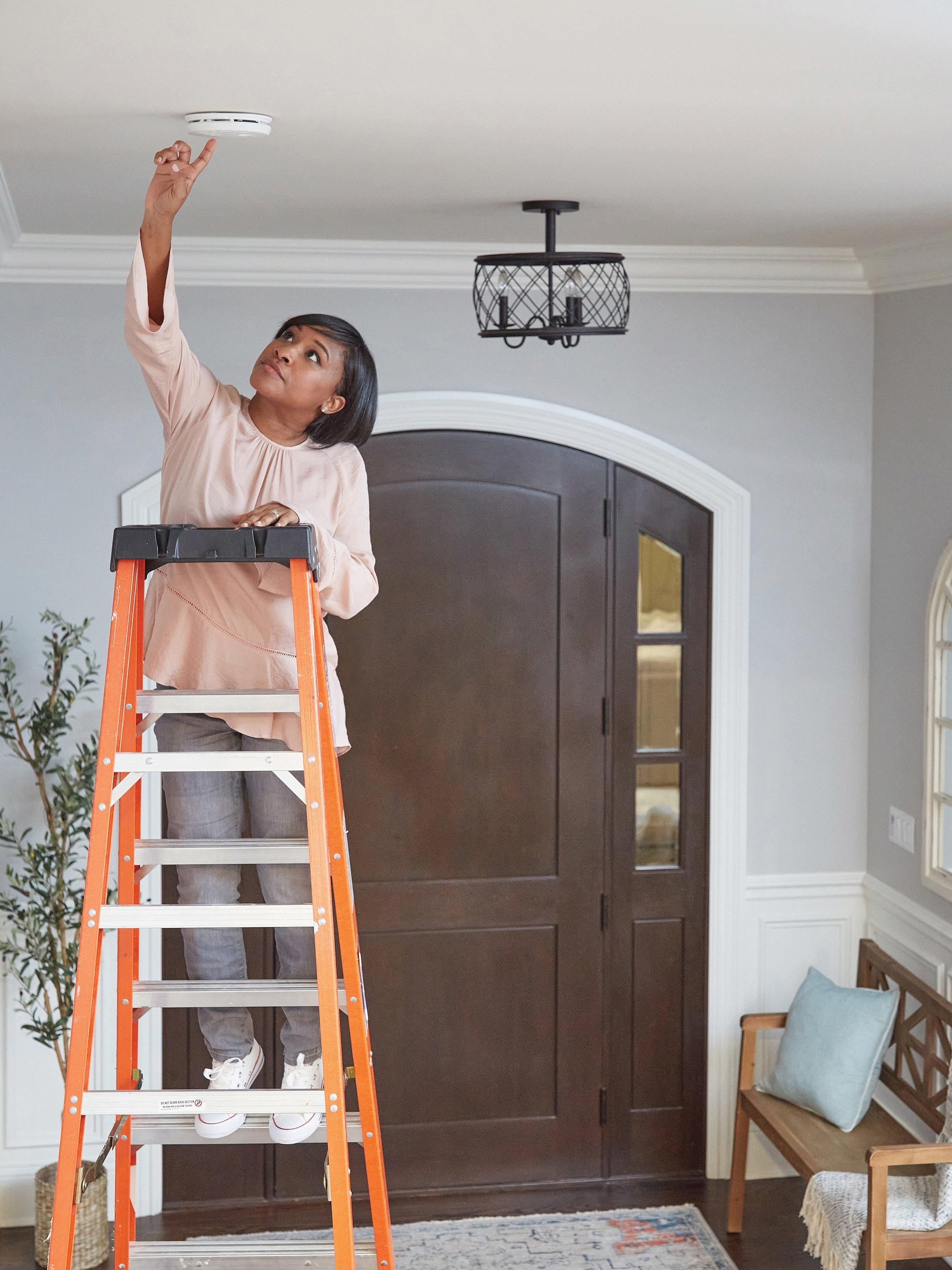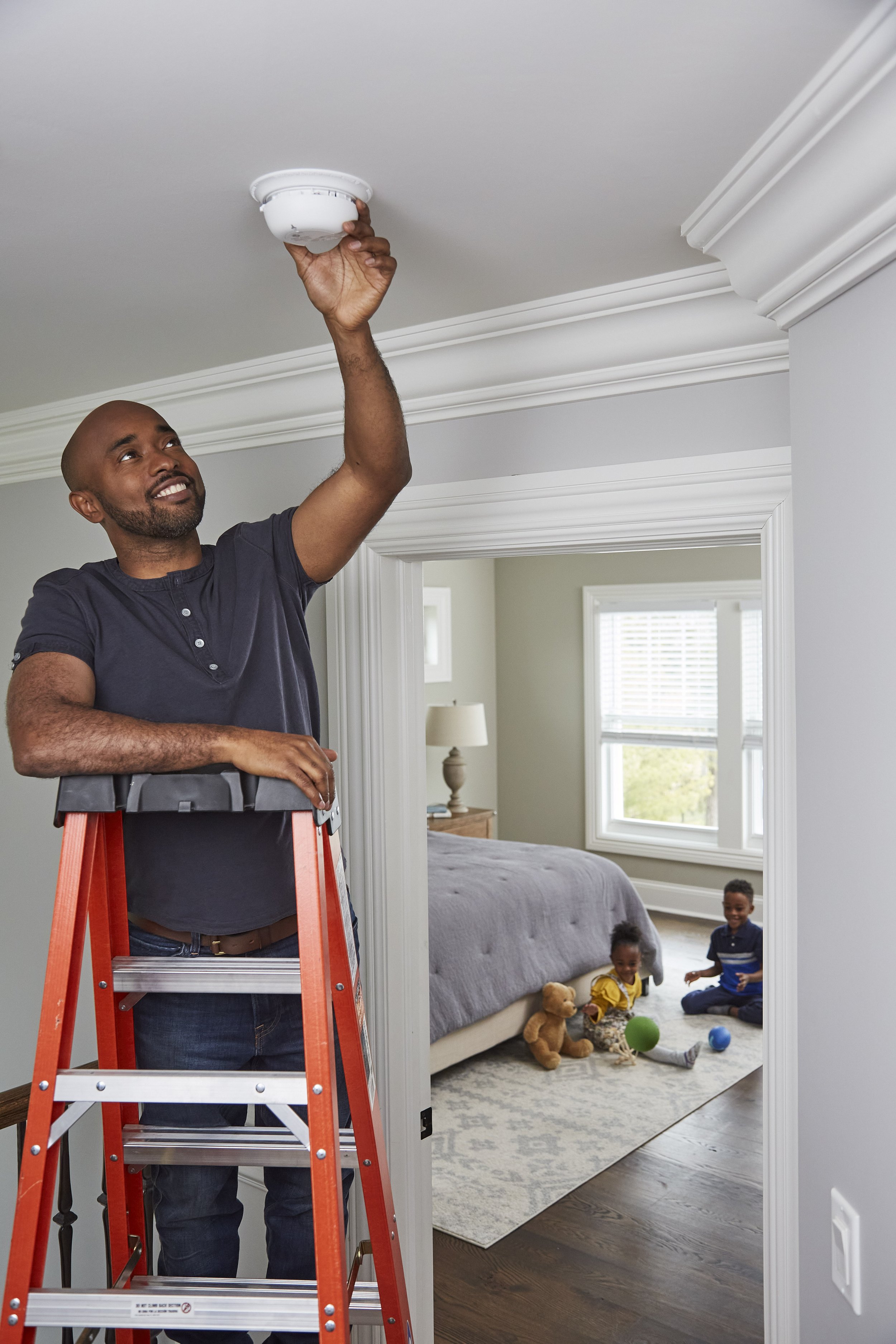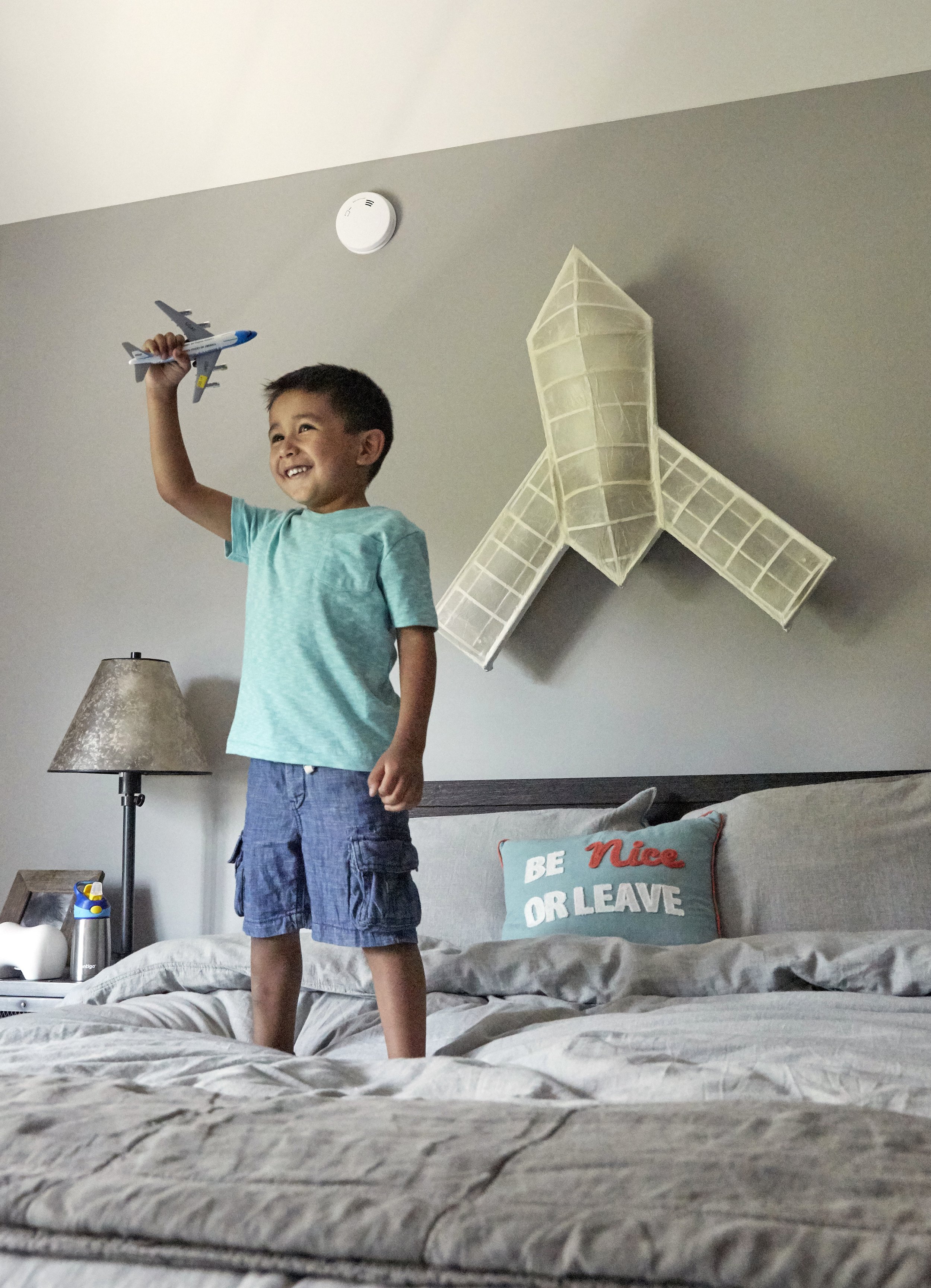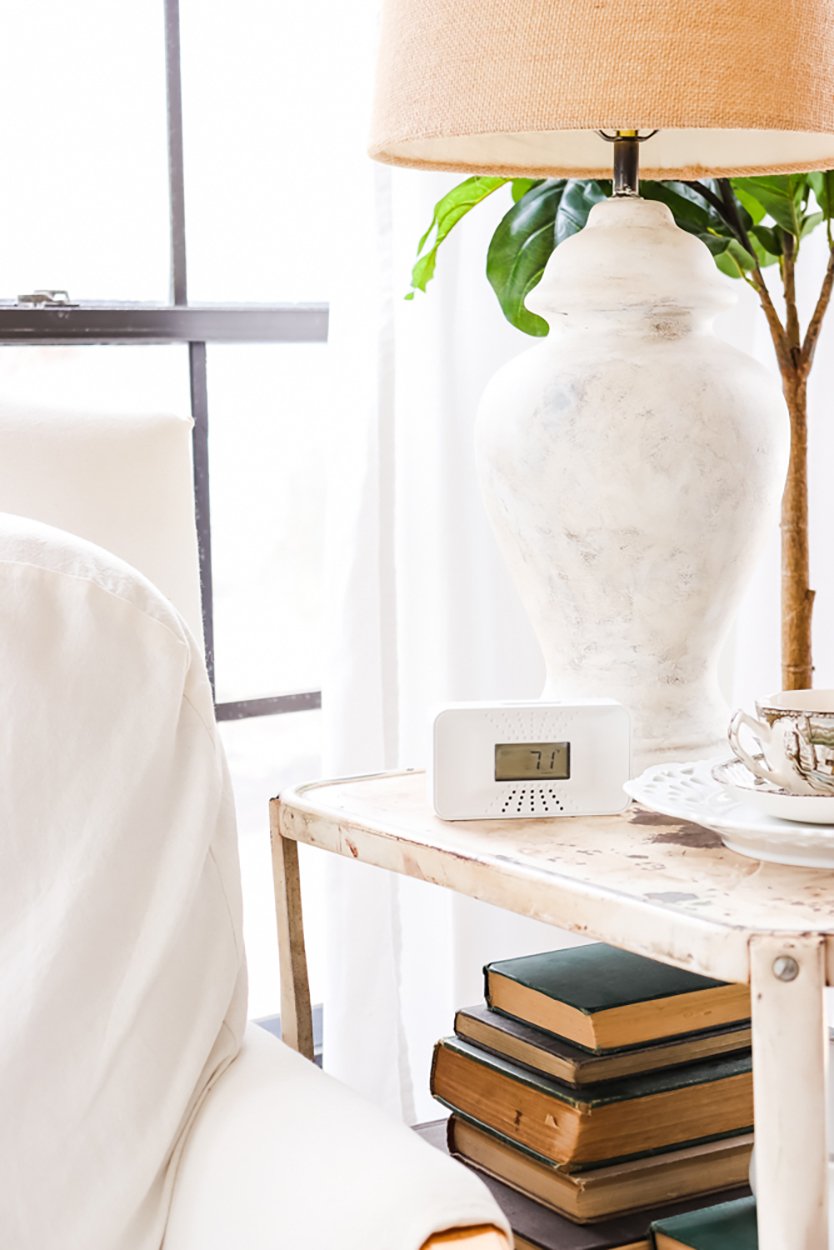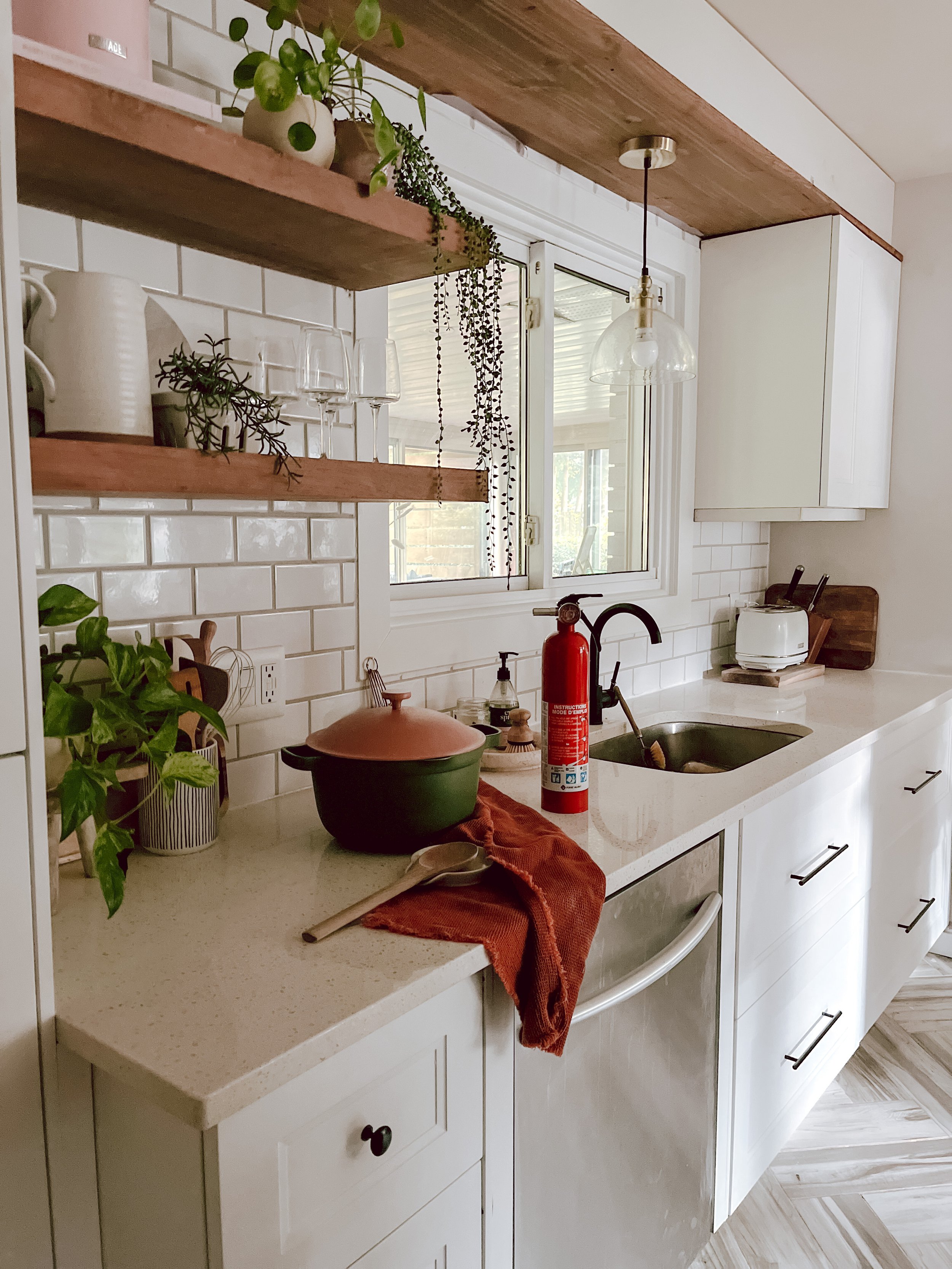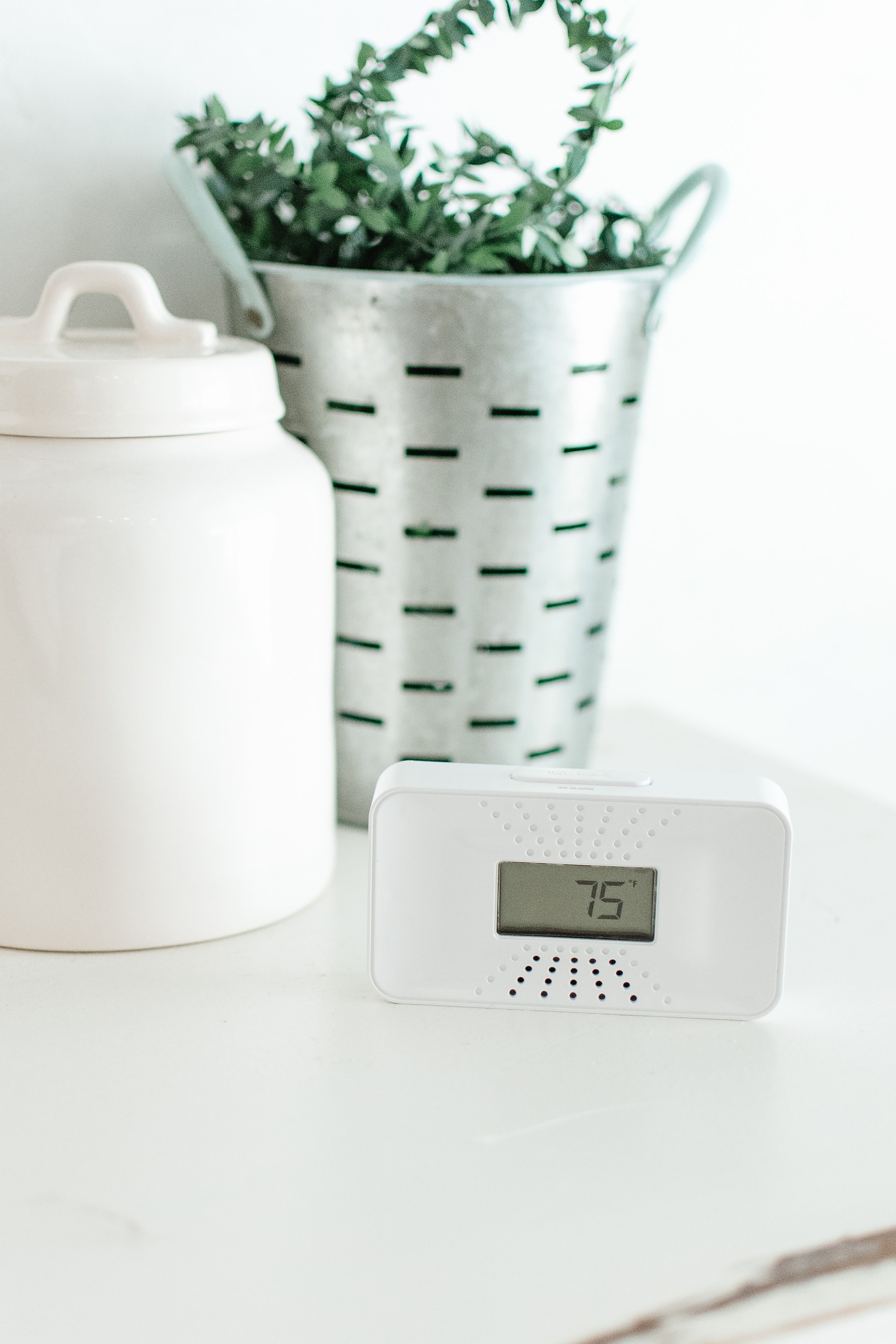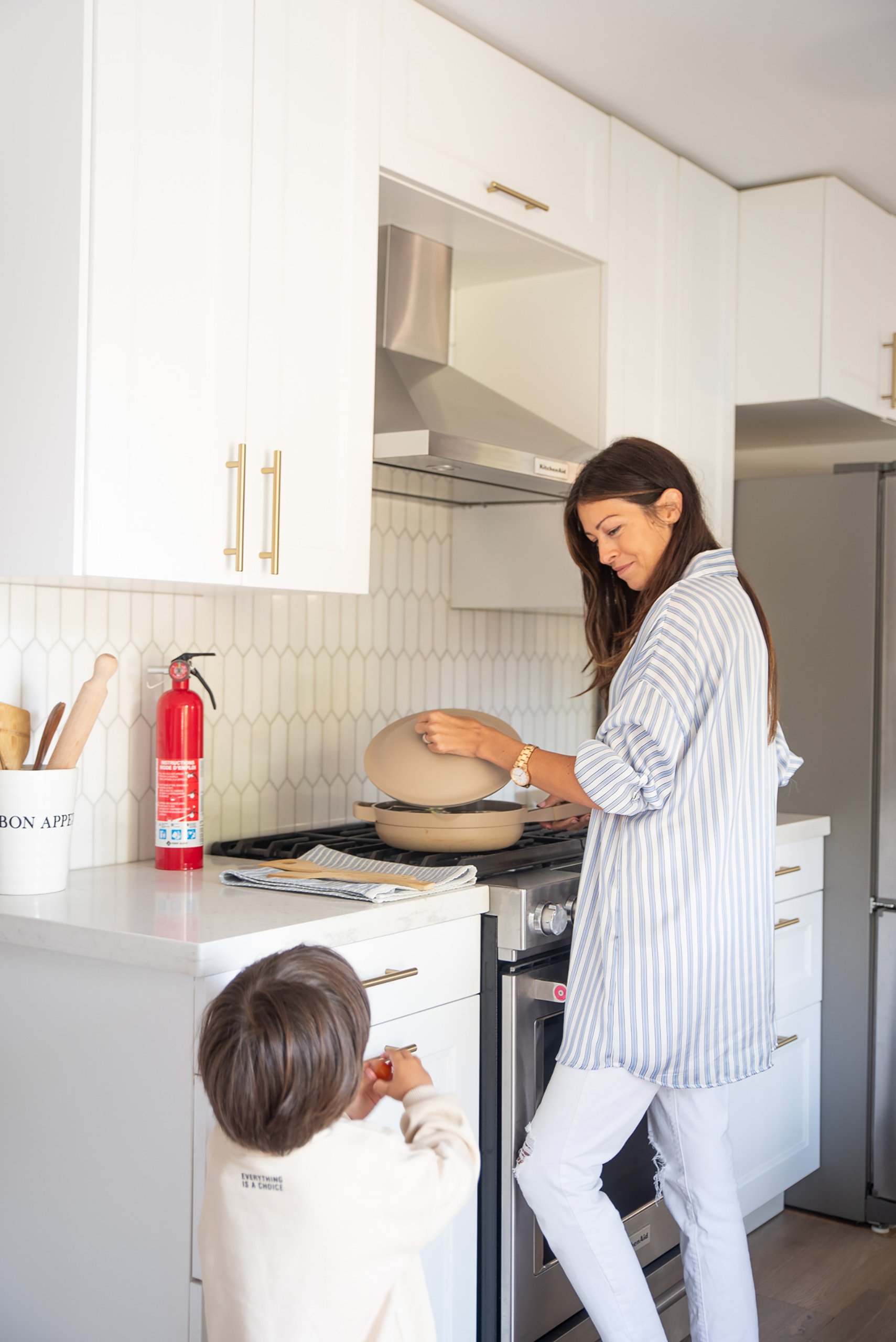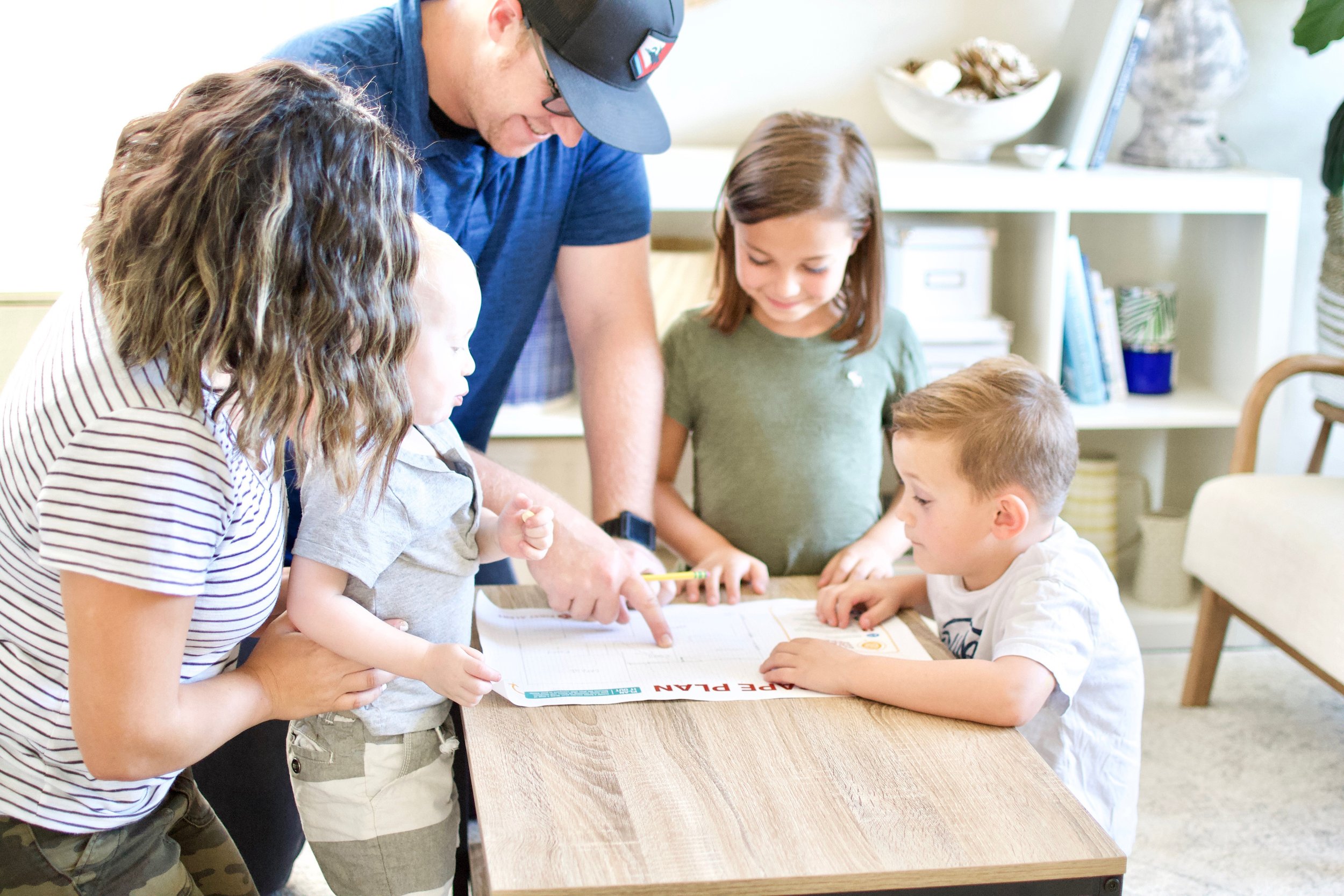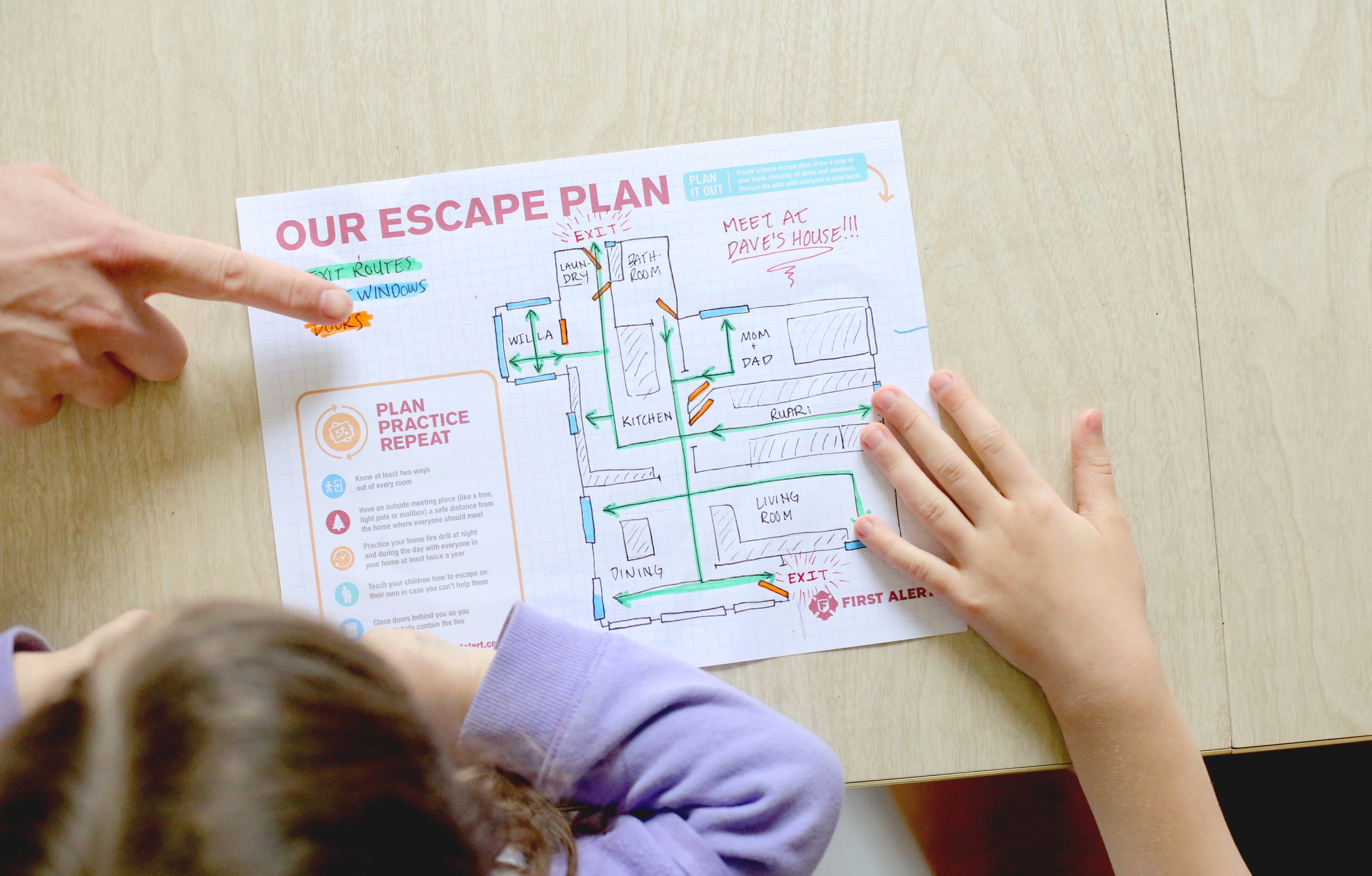Help Protect the Moments: Practice Whole Home Safety
Are you prepared when it comes to fire and carbon monoxide (CO) safety?
Autumn is a great time to prepare a home safety checklist and practice a fire escape plan to help protect your home and family from the danger of smoke, fire and CO.
Here are some tips to help make your home safer:
Get alarmed. Start with ensuring that your home is equipped with working alarms. Smoke alarms are the first line of defense for fire prevention. The National Fire Protection Association (NFPA) recommends installing smoke alarms inside every bedroom and on every level of the home, including the basement. CO is an invisible, odorless and potentially fatal gas, and the only way to detect it is with working CO alarms, which should be installed near every sleeping area and on every level of the home.
Know about CO. It’s important to recognize the symptoms of CO poisoning as they can be easily confused with those caused by the common cold or flu, including headache, nausea, dizziness, weakness, chest pain and vomiting. If CO poisoning is suspected, seek fresh air and call 911.
Test and maintain alarms. Proper smoke and CO alarm placement, regular maintenance and alarm replacement are essential steps to keeping your home well protected. Make sure to test your alarms regularly, regardless of the type of alarms you have in your home and remember to replace the batteries in battery-operated alarms at least every six months.
For added convenience, upgrade to the First Alert 10-Year Sealed Battery Combination Smoke & Carbon Monoxide Alarm. The 2-in-1 alarm is equipped with a sealed 10-year battery, eliminating the need for battery replacements and late-night battery chirps for a decade.
Have extinguishers on hand. Fire extinguishers should be placed in common spaces like the kitchen and garage, and on every level of the home. Place extinguishers where each adult member of the household can easily reach them and ensure adult members of the household know these locations and know how to operate them.
Develop and practice your escape plan. Ensure that everyone knows what to do and where to go in case your smoke or CO alarms sound. Create a fire escape plan that identifies two exits out of each room and set a dedicated meeting spot outside and at a safe distance from the home. Practice the plan with every member of the household at least twice per year.
For more information about ways that you can help keep your family safe from fire and CO hazards, visit www.firstalert.ca

